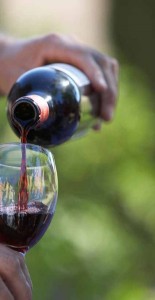MONDAY, 21 OCTOBER 2013
John Callaci and his team performed an experiment on mice to understand whether drinking affects bone recovery after a fracture. They compared the healing process of two groups of mice; one exposed to alcohol levels equivalent to three times the drinking limit, and a second to saline water.They found that the alcohol exposed group had less bone forming in the callus, a hard tissue that forms around the edges of fractured bones. This group also had higher levels of oxidative stress, a process that weakens cellular functions. Roman Natoli presented their findings during the 2013 Annual Meeting of the American Society for Bone and Mineral Research on the 6th of October.
When a fracture occurs, the body sends stem cells to the injured bone, where they become bone cells. Stem cells are immature cells which can differentiate into any cell type. In two future studies the researchers will try two different treatments. In one experiment they will inject stem cells directly into the fracture, and in another one they will introduce an antioxidant that fights oxidative stress. If successful, these treatments could improve the healing process in alcohol abusers and in non alcohol abusers.
More information can be found at: http://www.loyolamedicine.org/newswire/news/study-shows-how-binge-drinking-impairs-healing-broken-bones
Written by Ornela De Gasperin.

